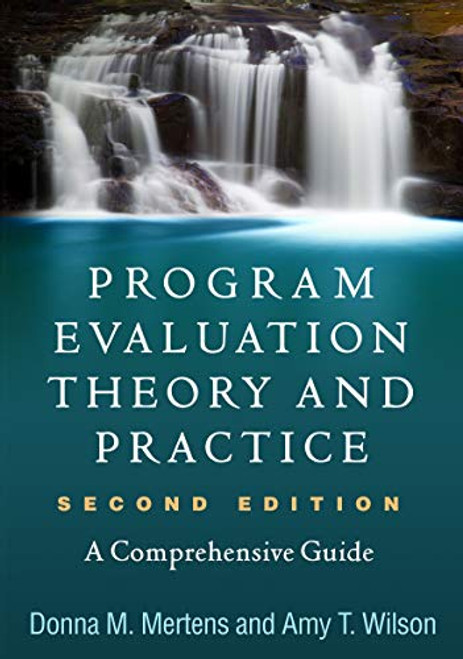Evaluation of social and education services leads to better practice, however many practitioners find the language of evaluation difficult to conceptualize. A Practical Guide to Evaluation presents the mechanisms and processes of evaluation with a clear eye toward the impact evaluation has for the long-term productivity and success of practices and agencies. Emphasizing theory-driven evaluation, Brun uses his extensive experiences as a practitioner, administrator, educator, and evaluator to apply research skills to agency evaluations. The book utilizes a circular six-step Evaluation Decision-Making Model to discuss every stage of the evaluation process, highlighting the model's applicability to different types of evaluations in different professional settings.
The new edition of the book has been reformatted as a workbook with tear-out checklists, exercises, and decision-making tasks for each chapter, so students and practitioners will have an opportunity to practice the skills taught. The new format also makes the book an invaluable guide that students will use in their work after graduation. Unlike many evaluation manuals, which focus purely on theory, A Practical Guide to Social Service Evaluation uses literature reviews and logic models, and real-world examples throughout the text to help social service practitioners connect theory to planning and evaluation.
Features: Categorizes evaluations into three types: exploratory, descriptive, and explanatory and explains the different applications of qualitative or quantitative methods for each; Organized around a circular six-step Evaluation Decision-Making Model; New! Workbook format includes tear-out worksheets, checklists, and exercises for each stage of the evaluation process; New! Chapters of the first edition have been divided into smaller chapters to better emphasize content; Each chapter includes case examples, illustrations, critical thinking questions, references, and website resources;
A Practical Guide to Evaluation
$106.24 - $121.26
- UPC:
- 9781935871453
- Maximum Purchase:
- 3 units
- Binding:
- Paperback
- Publication Date:
- 2013-10-21
- Author:
- Carl F. Brun
- Language:
- english
- Edition:
- Second







